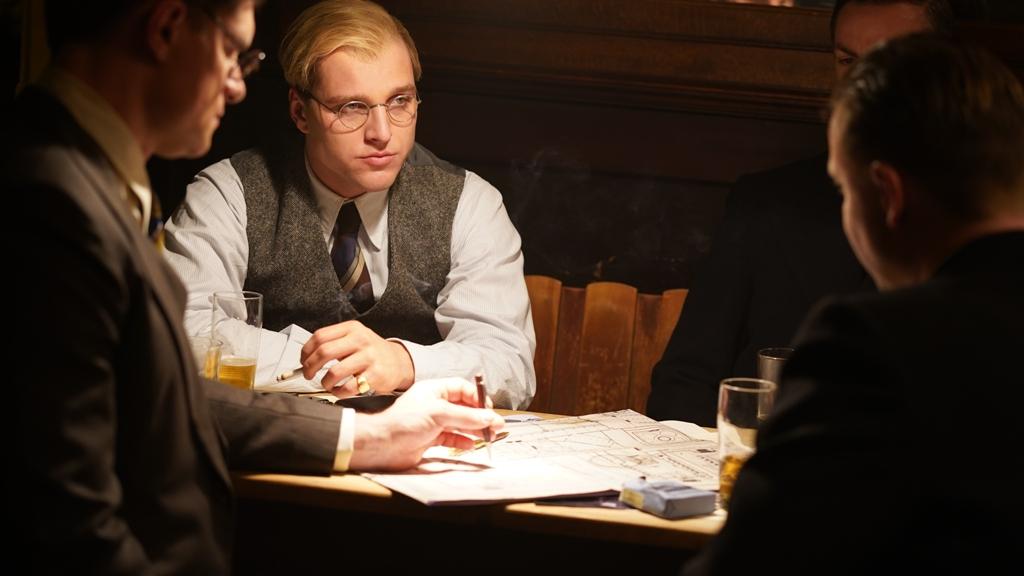Like far too many creative souls who came before and after her, British writer Emily Brontë was taken from us far too soon. Dying on Dec. 19, 1848, of tuberculosis at the age of 30, she passed away without having any idea of the monumental impact that her only finished novel, “Wuthering Heights” (“WH”), would have on society and not only English but also world literature.
O’Connor Astounds

Recalling the visual style and spare storytelling acumen of Stanley Kubrick and Terrence Malick, O’Connor’s film is among the most assured and daring debuts ever executed. Her level of confidence exhibited here is otherworldly.
The movie opens with Emily (Emma Mackey: think a brunette Margot Robbie with brown eyes) on her deathbed, being alternately comforted and grilled by her older sister Charlotte (Alexandra Dowling). The elder asks the younger how she was able to conjure “WH,” which she describes as “an ugly story with selfish people.” Without missing a beat, Emily replies “I put pen to paper.”
Wiggle Room
From a creative perspective, O’Connor has a leg up and a broad canvas on which to work, as many of the events in Emily’s life are sketchy and not fully chronicled or confirmed. There’s a lot of gray area and not enough solid, confirmable facts and details. There is really no definitive version of Emily’s life story.
In what is the closest thing to a reenactment of a passage from both the novel and most adaptations, Emily and Branwell are shown peering through the window of the neighboring Linton family. After being noticed, they flee and are chased by guard dogs.
Group Participation
The stellar contributions of editor Sam Sneade, cinematographer Nanu Segal, and composer Abel Korzeniowski cannot be overstated here. This film is a true team effort, and it is to O’Connor’s deep and considerable credit to surround herself with collaborators and a cast that brought her vision to realization; there is not a single wasted frame to be found.It is far too early to determine how “Emily” will ultimately sit with “WH” purists. For some, the novel is an entity unto itself with the life of Emily being a mere afterthought. For others, it will be well received and embraced as an absolute godsend, however hypothetical and far-fetched some might consider it to be.
One thing that any possible naysayers might consider: All of the characters depicted in this film are nonfictional, and all of them had some part in what went into Emily’s novel, most importantly Emily herself.

What If
Sometimes, but not always, an artist’s work is an extension of his or her own life. “Emily” might not be thoroughly historically accurate, but it is completely believable in a “what if” context.O’Connor’s version of Emily’s life is as equally engrossing, enthralling, and mesmerizing as anything found in “WH.”
In the full-circle ending, with Charlotte ultimately putting “pen to paper” with the words of her own first novel, O’Connor ties up the production with a perfectly uplifting and inspirational coda.






